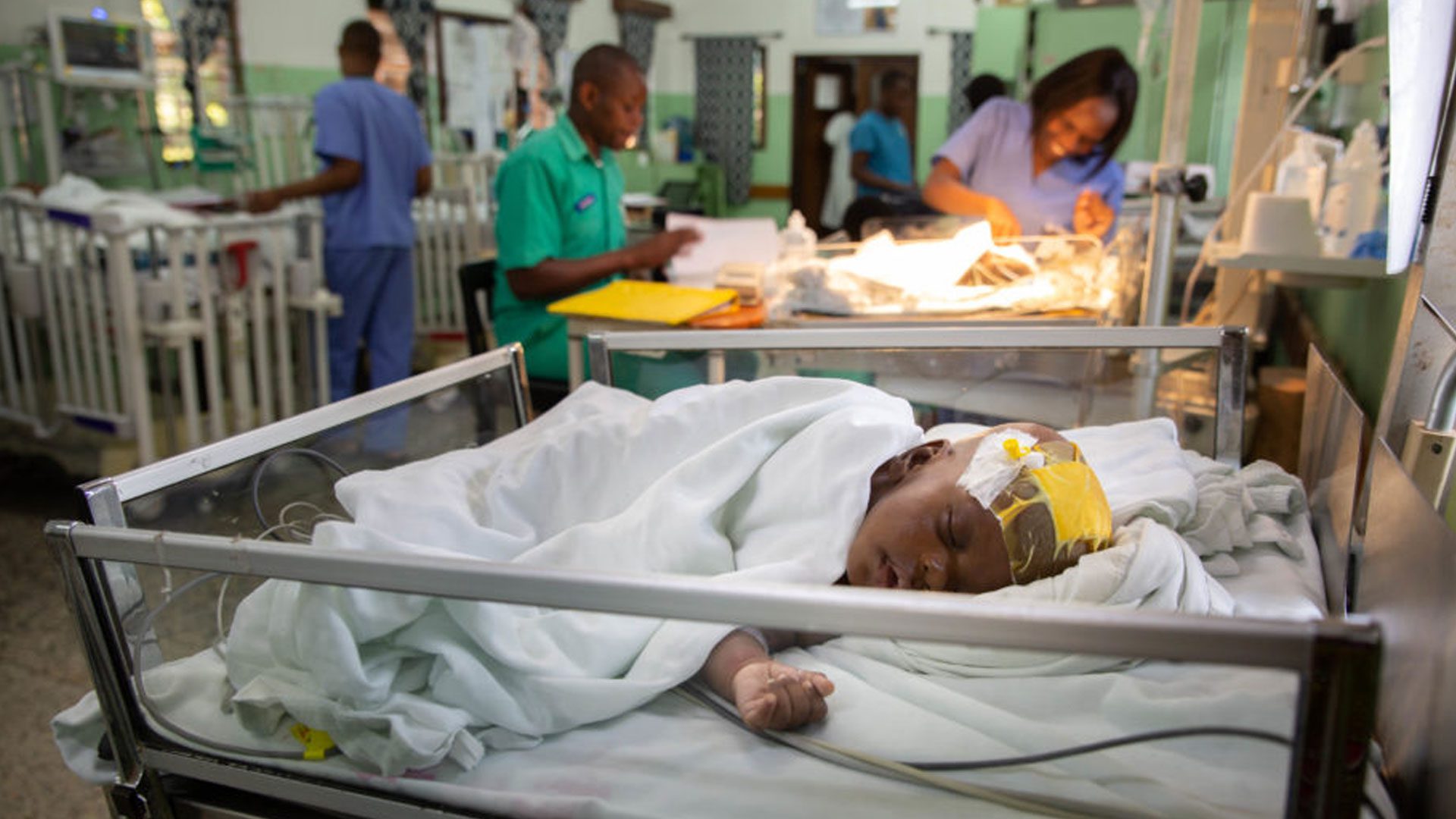Encephalocele in Uganda: ethnic distinctions in lesion location, endoscopic management of hydrocephalus, and survival in 110 consecutive children
Abstract:
Object: This study characterizes the first clinical series of encephalocele (EC) from East or Central Africa, and is the largest reported from the African continent. The authors explored survival, the efficacy of primary endoscopic management of associated hydrocephalus, and ethnic differences in EC location.
Methods: One hundred ten consecutive children presented to CURE Children’s Hospital of Uganda for treatment of EC over a 9-year period. Clinical data, including patient demographic information, birth date, lesion type (sincipital, parietal, or occipital), operative data, and subsequent course had been entered prospectively into a clinical database. Home visits to update the status of those lost to follow-up were done when possible. With appropriate institutional approvals, the database was reviewed for this retrospective study. Two-tailed probability values calculated using the Fisher exact test were used to assess the significance of differences among groups, with p < 0.05 being considered significant. The Kaplan-Meier method was used for analysis of survival and treatment success probabilities.
Results: There were 53 (48%) occipital, 33 (30%) sincipital, and 24 (22%) parietal lesions. Occipital lesions were significantly more common among children of Bantu origin (p = 0.02). Nilotes demonstrated a roughly equal distribution among sincipital, parietal, and occipital locations. The female/male ratio was 1.2, with no difference between EC types (range 1.0–1.4, p = 0.6–0.8). Of 110 patients, 108 (98%) underwent surgical repair at a median age of 1 month (mean 15.7 months), whereas 2 had treatment for hydrocephalus only. Wound revision was required in 13% of cases. Surgery-related mortality was 3%. One-year and 5-year survival rates were 87% (95% CI 0.79–0.93) and 61% (95% CI 0.51–0.70), respectively. Hydrocephalus required treatment in 32%, and was equally common among the 3 EC types. Thirteen patients were treated with combined endoscopic third ventriculostomy/choroid plexus cauterization (ETV/CPC) and 2 with ETV alone, whereas 18 patients received primary shunt placement. Predicted treatment success at 1 year was 79% for ETV or ETV/CPC (95% CI 0.50–0.94) and 47% for shunt placement (95% CI 0.24–0.71).
Conclusions: Analysis of this first EC series from this region suggests that sincipital lesions are 3 times more common in East than in West Africa. Occipital lesions predominate in patients of Bantu origin, but not among those of Nilotic descent. Hydrocephalus incidence was equally common among different EC types, and endoscopic treatment was more successful (79%) than shunting (47%) at 1 year. The 5-year mortality rate was similar to that for infants with myelomeningocele in Uganda, and more than twice that for their unaffected peers.




















